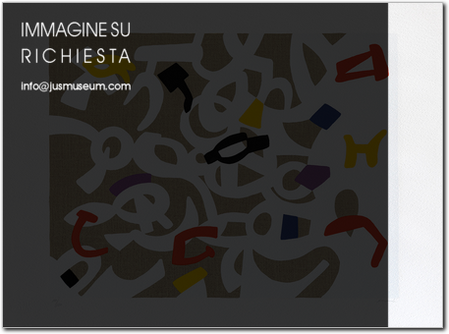CARLA ACCARDI
Carla Accardi was born in Trapani on October 9, 1924. She studied at the Academy of Fine Arts in Palermo, where she met Antonio Sanfilippo in 1944. After spending a few months at the Academy of Fine Arts in Florence, she moved to Rome with Sanfilippo in 1946. The following year, she created her first abstract painting, Scomposizione, and in March, she co-founded the Forma group along with Attardi, Consagra, Dorazio, Guerrini, Perilli, Sanfilippo, and Turcato. Their manifesto magazine, Forma 1, was published on April 15, 1947. In 1948, she made her debut at the 24th Venice Biennale. Over the next few years, her work developed within the concretist movement, particularly influenced by her time in Paris. A pivotal moment in her career came in 1954 when she met French critic Michel Tapié, who included her among the key figures of his art autre theory, alongside international avant-garde artists as well as Italian contemporaries like Burri, Capogrossi, and Fontana. The 1960s marked a shift in her style, with a return to more vibrant and varied colors and a transformation in the structure of her signs. Her first highly chromatic works were exhibited in 1961 at the Parma Gallery in New York and the New Vision Center Gallery in London, introduced by Lionello Venturi. In 1964, she was invited to the 32nd Venice Biennale with a solo exhibition. Around this time, she began experimenting with sicofoil, a transparent plastic material she was the first to use in the art world. In the 1980s, returning to canvas painting, her artistic language evolved again, incorporating new signs and dynamic color contrasts. She exhibited once more at the Venice Biennale in 1988 and participated in major international exhibitions on Italian art, including The Italian Metamorphosis 1943-1968 at the Solomon R. Guggenheim Museum in New York in 1994. She passed away in Rome on February 23, 2014.

SENZA TITOLO, 1999
silkscreen printing
cm 56x76
150 es.

